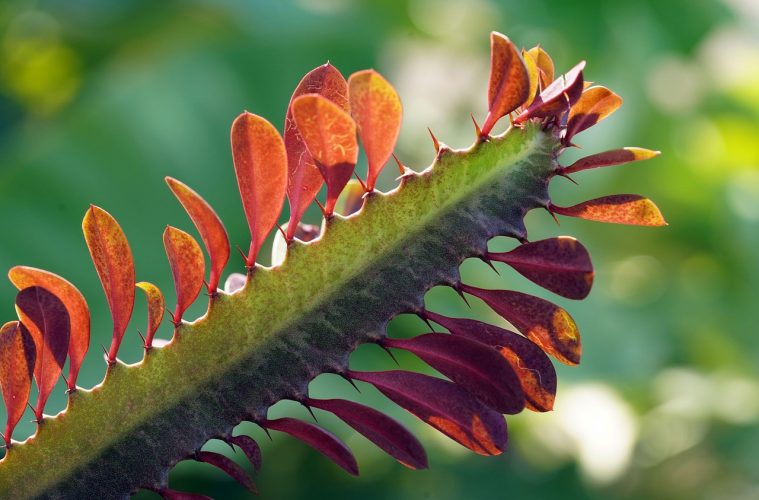The African milk tree plant, native to Central Africa, resembles a cactus but is actually a succulent. It features triangular stems with distinct sides, marked by noticeable ridges. Throughout its growing season, the African milk tree remains lush and green, with new growth emerging in a light green hue. Here’s how you can successfully grow and care for it.
Growing the African milk plant
Often grown as a hedge due to its rapid and enthusiastic growth. When grown indoors, the milk plant will reach only half its maximum height, but when grown outdoors, it can grow to twice that height. To get this succulent to grow well in your garden, you need to match its growing conditions. As a succulent, the African milk plant isn’t fussy about its soil. Good drainage conditions are still essential. Sandy loam soils help this plant thrive in a xeriscape environment, as it thrives more on such soils.
This succulent thrives in bright, indirect sunlight, mirroring its native growing conditions. When grown indoors, place it in a south-facing window; outdoors, ensure your garden receives partial sunlight. These milk trees don’t need much water as they are drought-tolerant and useful in gardens requiring xeriscaping techniques; however, you should increase the amount of water during the summer when the plant is actively growing. One thing to note, they don’t tolerate cold temperatures, especially frost and cold soils.

Image Credit: Pexels
Caring for your African milk plant
The plant is easy to grow and fairly easy to care for. With regular watering and the right soil, your plant can thrive easily. The frequency of watering depends on factors such as plant size and room temperature. In general, water your African milk tree as soon as the compost has dried out. Since the leaves are short-lived, especially during the warm weather, always check that your plant isn’t suffering from a lack of water to avoid leaf loss.
To ensure your plant achieves proper leaf growth, pruning is essential. Always wear gloves and use sharp pruners to remove the stems while pruning. The cut you create will dry over time, making its own callus. Take care to keep the plant balanced on both sides to avoid a lopsided load on one side that may pull the plant out of the ground. As the succulent grows, repot the plant every year as it continues to grow taller. This will ensure that there’s enough room for the roots to hold it in place.

Image Credit: Pexels
ALSO SEE: HOW TO MAKE THE MOST OUT OF A GARDENING CONSULTATION
Feature Image: Pixabay

